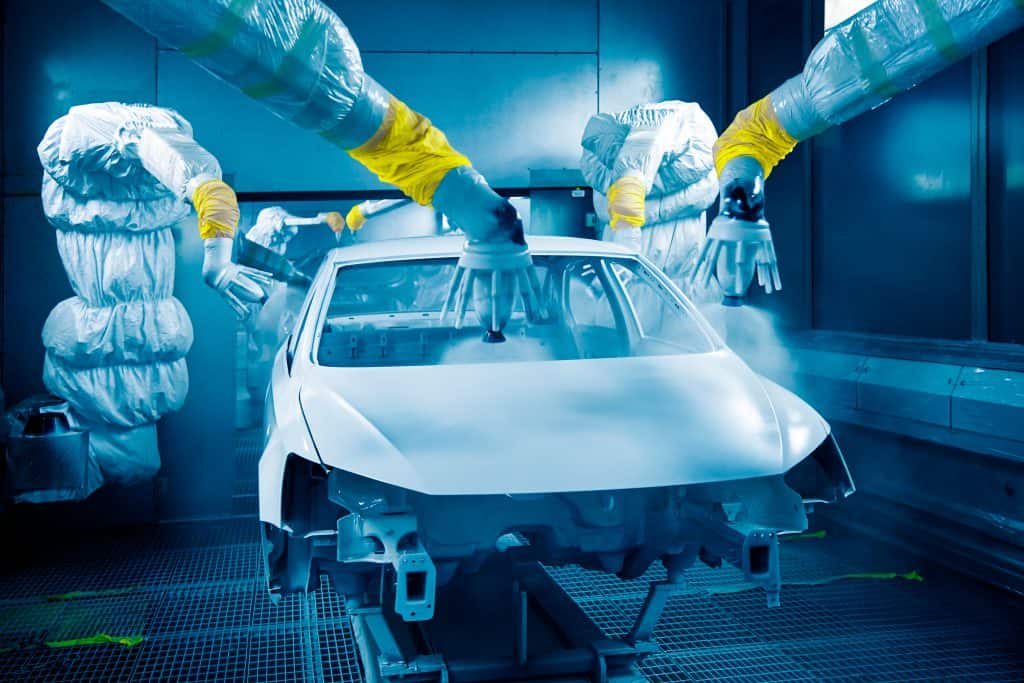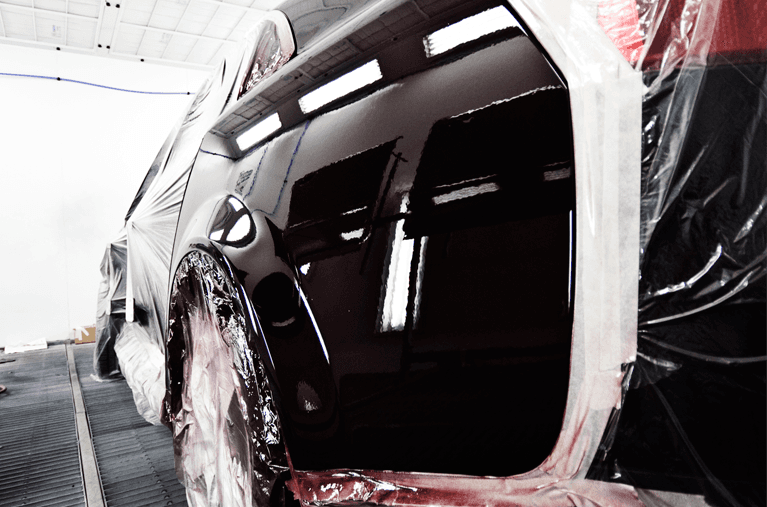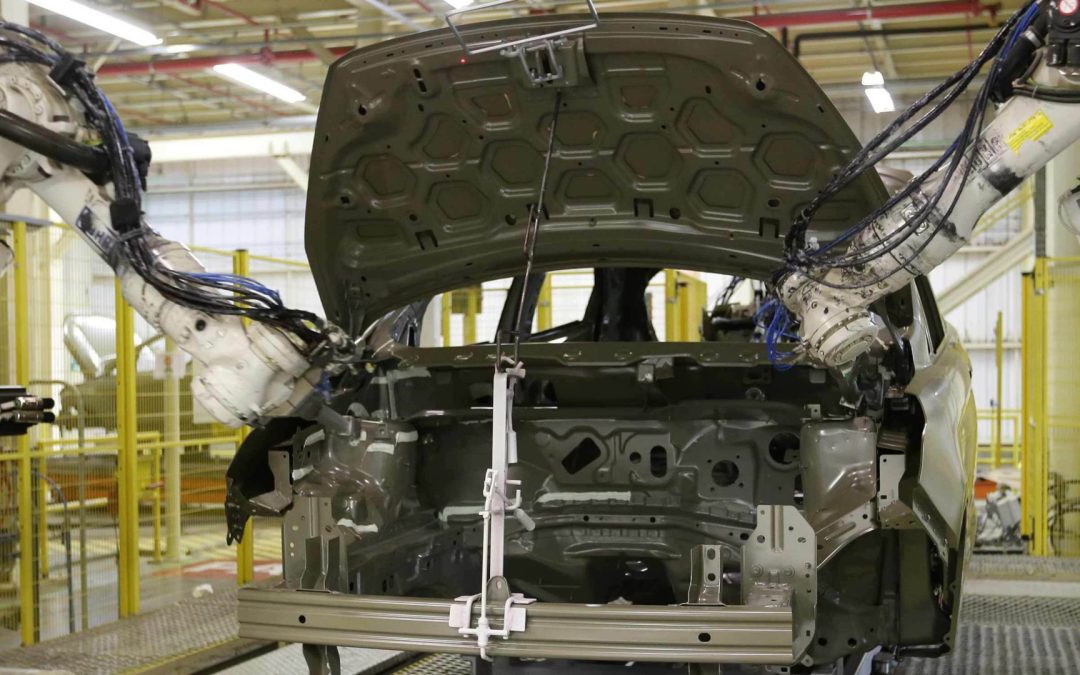Ensuring the quality of car paints is crucial for both manufacturers and customers. In recent years, the application of AI-powered inspection methods has revolutionized this field. By integrating advanced technologies, manufacturers can Detect Car Paint Defects Faster with AI-Powered Inspection, ensuring impeccable finishes and satisfied customers. This article delves into the intricacies of this tremendous technology, explaining why its here and why industry professionals are delighted with its results.

What is AI-Powered Inspection?
AI-powered inspection uses artificial intelligence to identify defects in car paint automatically. Unlike traditional manual inspections, which are susceptible to human error, AI can perform exhaustive quality checks at breakneck speeds, providing consistent and precise results.
The system relies on machine learning algorithms that are trained to recognize even the smallest defects. By processing thousands of images and videos, AI can pinpoint inconsistencies and anomalies far more quickly and accurately than human inspectors.
Why AI in Car Paint Inspection?
The use of AI in car paint inspection brings a myriad of benefits to the table:
- Speed: Faster inspections mean increased productivity.
- Accuracy: Reduced human error ensures higher consistency.
- Cost-Effectiveness: Lower costs due to fewer defects and reworks.
- Comprehensive Monitoring: Ability to inspect minute details that may be missed by human eyes.
How It Works
The process can be broken down into several steps:
1. Image Acquisition
High-resolution cameras capture images of the cars surface. These cameras are strategically placed to cover all angles.
2. Data Processing
The captured images are processed in real-time by the AI system, which compares them to a database of defect-free samples.
3. Defect Detection
The AI identifies any deviations from the standard, marking them as potential defects.
4. Reporting
A detailed report is generated, highlighting the defects and suggesting corrective measures.
Types of Defects Detected
AI can detect various types of paint defects, including:
- Dirt & Dust: Tiny particles trapped in the paint layer.
- Scratches: Small, often undetectable scratches that compromise the finish.
- Blemishes: Irregularities in paint application, such as spots or streaks.
- Color Mismatch: Slight deviations in color that might be due to improper mixing or application.
Industry Impact
The adoption of AI-driven inspection has had a tremendous impact on the automotive industry. Companies are seeing significant improvements in their quality assurance processes. By detecting defects early, manufacturers can avoid costly recalls and enhance customer satisfaction.
Case Study: Toyota
Toyota has implemented AI-powered inspection systems in its manufacturing plants, yielding remarkable outcomes. The company has reported a substantial decrease in defects and improved overall efficiency.
Implementing AI in Your Facilities
For those considering the implementation of AI in their facilities, here are some steps to follow:
1. Assess Needs
Evaluate your current inspection processes to understand where AI can make a difference.
2. Choose the Right Technology
Select an AI system that fits your requirements and budget.
3. Training and Integration
Train your staff and integrate the technology into your existing systems.
4. Continuous Monitoring
Continuously monitor the performance of the AI system to ensure it meets your expectations.
Challenges
While AI-powered inspection offers many advantages, there are also some challenges to consider:
- Initial Costs: Implementation can be expensive.
- Training: Staff need to be trained to use new systems.
- Maintenance: Regular maintenance is essential to keep the system running efficiently.
Future Prospects
The future looks bright for AI in automotive paint inspection. With continuous improvements in technology, we can expect even more accurate and faster inspections in the coming years.
Customer Satisfaction
High-quality car finishes directly translate to higher customer satisfaction. By ensuring defect-free paint jobs, manufacturers can significantly boost their customer approval ratings.
Environmental Impact
AI-powered inspections also contribute to a greener environment by reducing rework and wastage. This aligns with global sustainability goals, making it a win-win situation for both companies and the planet.

FAQ
1. How reliable is AI in detecting car paint defects?
AI is extremely reliable, significantly reducing human error and providing consistent, accurate results.
2. What types of defects can AI detect?
AI can detect dirt, dust, scratches, blemishes, and color mismatches.
3. Is implementing AI expensive?
While the initial costs can be high, the long-term benefits often outweigh the initial investment.
For more detailed information on painting processes, visit this link.
For more information on high-speed manufacturing processes, visit our resource on genetic analysis and semiconductor manufacturing.
